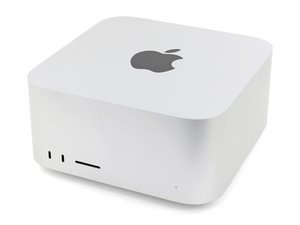How many USB/TB controllers?
Does anyone know how many individual thunderbolt 4 and USB 3 controllers are in here.
I’m trying to determine the maxim attachment limits.
Update (01/11/2023)
For those who wonder I can now confirm a few things.
At least for the ultra. Let’s first mention that the M series chips, like apples later A chips, DO have USB controllers. It’s a logical, or soft controller implementation in the chip’s ISC but it’s still there.
Based on power draw testing the thunderbolt ports are individually powered. I don’t have 127 devices to test my theory, but I believe each port is solo control.
Second, the two usb A ports are shared; a single controller.
I guess hands-on puts it to rest.
この質問は役に立ちましたか?

 2
2  1
1 
 40
40 